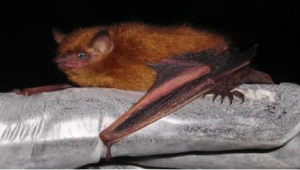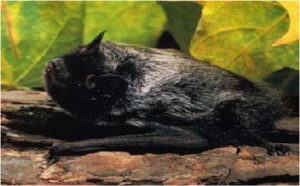When most people think of bats they don’t picture them as being very important, however bats are extremely important to the environment. They eat thousands of insects, which ultimately lead to less pests getting to crops and less pesticides used in the farming of these crops. Also, bat houses give bats a place to live close to your garden, while simultaneously keeping them out of your house. Bat habitats are decreasing rapidly and bat houses are a safe and secure way to house these bats during the day and allow them to raise their young.
To build a bat house you must first think of a couple topics, such as what type of bats are in the area and the size of these bats, after that you can determine the size of the bat house you want to build and then go for it! Or if you would like to purchase a bat house there are countless websites where you can find pre-made ones that would fit perfectly in your yard.
Bat houses range in size, from a single chamber to a four chamber one. They can either be mounted on a building or put up on a post. In order to get the highest number of bats to come to your bat house use these suggestions. Since summer in Charlottesville is between 85-95 degrees, you should use a dark or medium shade of paint to attract the most bats. It also needs to be in areas that receive direct sunlight for 6-8 hours of the daytime, over 10 feet above the ground, near water and around a variety of agriculture.
According to the Virginia.gov wildlife, there are 8 different types of bats that could be living in Charlottesville, the first four bats are all cave dwelling bats, meaning they hibernate in caves, and tree bats that hibernate in leaf clusters, logs, hollow trees or sometimes buildings. These eight different types of bats are all ones you may find in your bat house!
Cave bats:
The little brown bat (Myotis lucifugus lucifugus)
Northern myotis (Myotis septentrionalis septentrionalis)
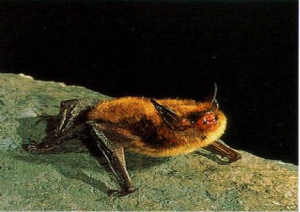
Eastern pipistrelle (Pipistrellus subflavus subflavus)
Big brown bat (Eptesicus fuscus fuscus)

Tree bats:
Silver haired bat (Lasionycteris noctivagans)
Eastern red bat (Lasiurus borealis borealis)

Hoary bat (Lasiurus cinereus cinereus)

Evening bat (Nycticeius humeralis humeralis)
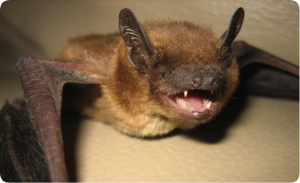
Examples of bat houses:
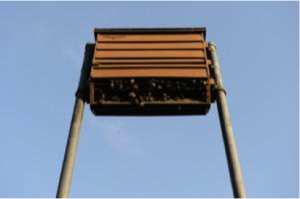
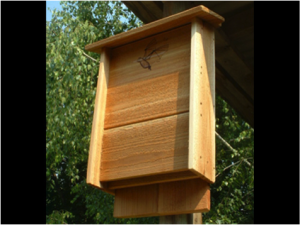

Post by Matthew Dowling
Information:
http://www.dgif.virginia.gov/wildlife/bats/facts/
http://www.batconservation.org/bat-houses
http://www.charlottesvilleanimalcontrol.com/?p=1
http://www.pscountrycrafts.com/products/ps-country-crafts-bird-houses/product-guides/bat-house-zones/
Pictures:
http://www.batconservation.org/bat-houses
http://www.batguys.com/services/bats/Bat-Article.html
http://www.discoverlife.org/mp/20q?search=Myotis+septentrionalis
http://home.earthlink.net/~cmsquare/silverhr.html
http://biology.eku.edu/bats/redbat.html
http://www.blm.gov/id/st/en/environmental_education/BLM-Idaho_nature/wildlife/bats/hoary_bat_.html
http://www.aaanimalcontrol.com/blog/eveningbat.jpg

